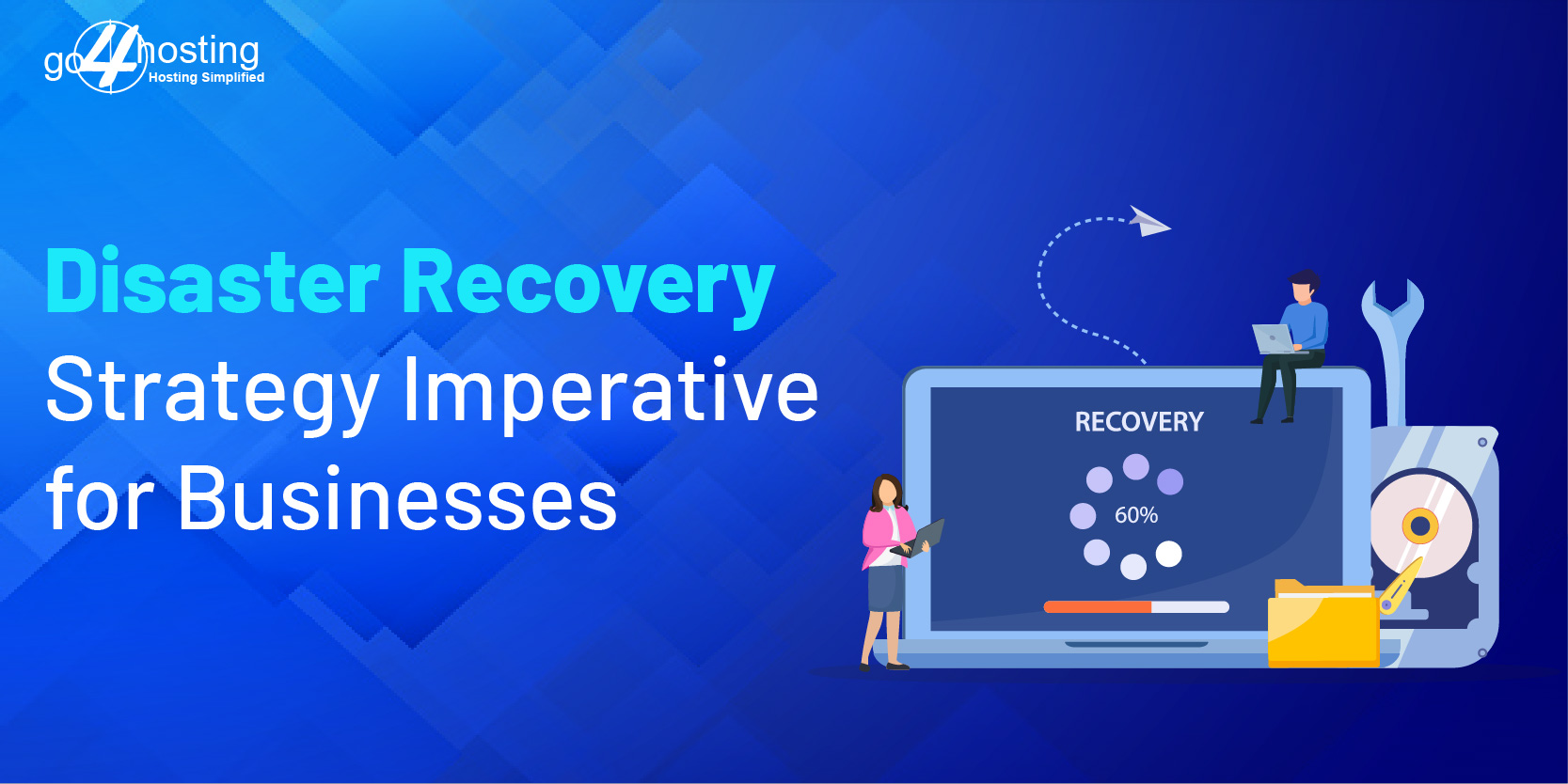Disaster Recovery Strategy Imperative for Businesses

“Survival of the fittest”, an oft quoted maxim of Charles Darwin rightly describes the current world of technology. Any organization that manages to adapt quickly to technology changes will be able to sustain and establish its unique identity and others will remain in the horde.

Disasters are unpredictable and their impact can vary in magnitude. Factors that entail disasters to occur are either mechanical like software/hardware malfunctioning or natural disasters like hurricanes, earthquakes, and floods. To impede such distressing circumstances, it is important that every business subsystem and operation within an organization should be hemmed in by an astute disaster recovery plan. Do you know how acutely a disaster can impact? Effects of disasters can be umpteen ranging from small service interruption to complete shutdown of systems for days or months, and can even cause fatal damage. Depending on the extent of the loss, DR can be achieved by restoring systems within a site or at a secondary site using alternate equipment.
Disaster Recovery (DR): Gives Your Business a Protection
DR is a wide concept that includes recovery of facilities, data and other resources that gets affected due to a natural disaster or security event. A holistic Disaster Recovery plan and strategy provides an organization with required system, application and mitigates data loss within an agreed upon recovery time. Furthermore to fightback disasters an absolute backup and restore strategy is the foundation to any data protection service. Extensive manual inputs needs to be incorporated in order to bring an affected IT ecosphere in an operational state. Infrastructure utilized to aid this recovery objective includes:

In addition to this, best formulated recovery strategies also incorporate extremely automated failover to chosen DR hot sites. Through the support of right technology complemented with business intelligence tools, recovery can be achieved in the fastest mode.
Recent Floods in Chennai Owing to waterlogging has mounted pressure on government to quickly set up its long-pending Disaster Recovery Centre in Madurai.
— The Hindu
Why Disaster Recovery?
Above discussion was enough to support this question. However, let me step out a little bit. In this competitive scenario there is no longer forbearance for downtime owing to financial and credibility implications. This in turn, agitates the business’s bottom line while impacting regulatory compliance – and, who wants to be a victim of such failures? Of all these reasons, businesses spend time and resources to plan and prepare, to train their employees, and to document and update disaster recovery processes.

Let’s move to the planning stage. Here, you will get to know about the inevitable phases involved in well-formulated DR plans:


Have a look over best practices that can help you make best out of your DR investment:
Keeping business operations functional, while maintaining operational integrity and matching up the performance footsteps – most of the businesses, today are following the emerging practices in tandem to their DR strategy.
- Assigning the responsibilities to recovery specialists to create plan and establish a smooth connection between business and IT.
- Proficiently segmenting the applications and create service level agreements for every critical application with the line of business.
- Determining the aftermaths of a particular disaster on each tier and application.
- Creating a comprehensive service portfolio that explicitly determines set SLAs from which clients can choose.
- Ascertaining data center architecture resiliency with respect to power, cooling, and telecommunication networks.
- Conducting periodic testing of the plans and perform patching analysis.
- Deploying data center management tools that helps in combatting security challenges while slashing operating costs.
- Considering the role of leading technology like cloud.
The Bottom Line: Disaster recovery services are available on-demand that can be expeditiously deployed to cutback unwarranted perils, allowing you to build recurring revenue streams without encountering any hassle, time and cost of building your own DR infrastructure – all at the pay per use mode.





